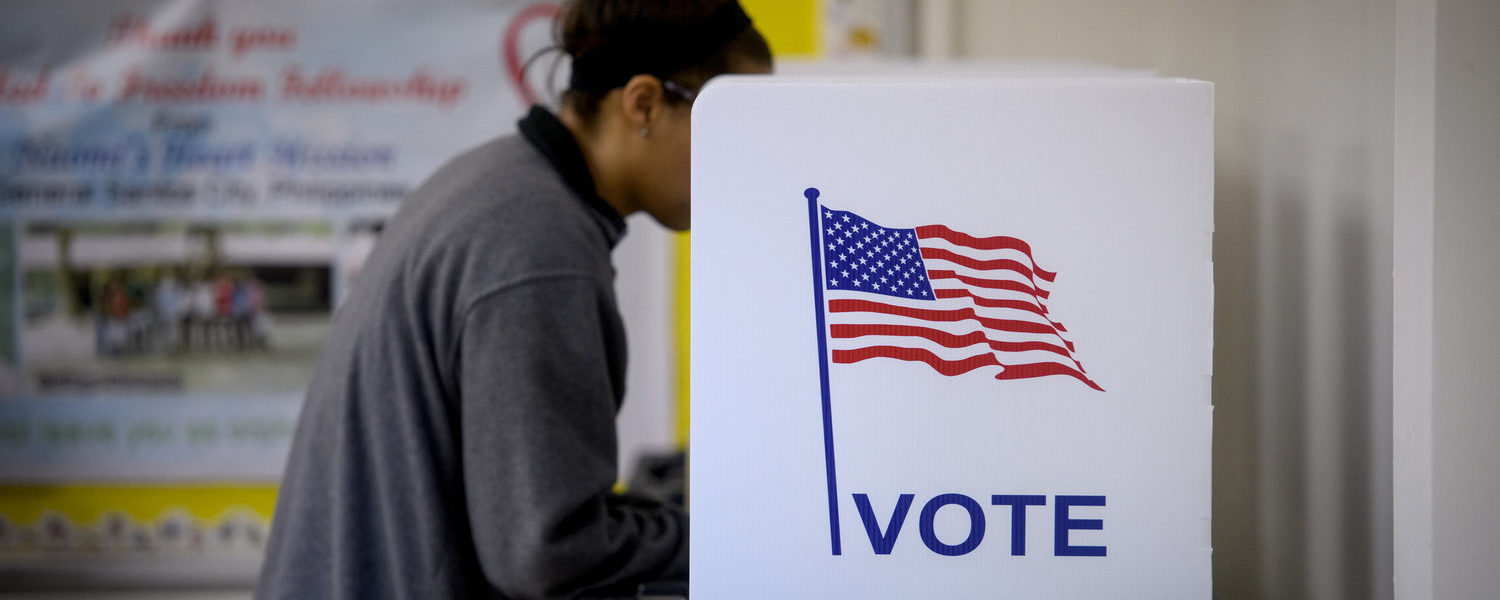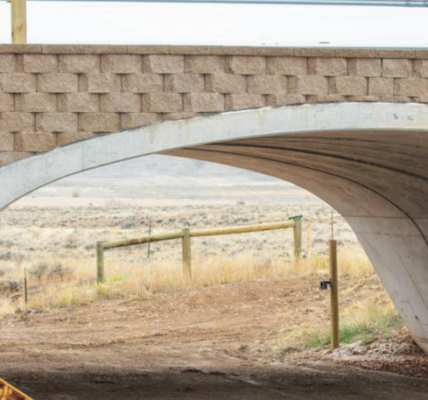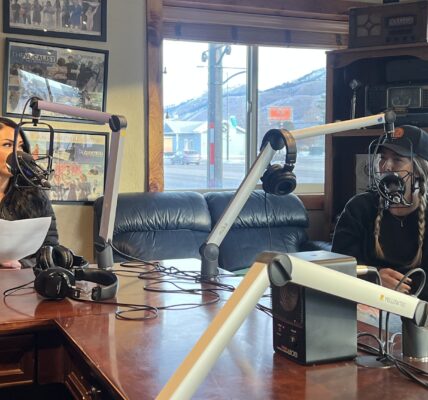By Dustin Bleizeffer, WyoFile.com
Pandemic concerns, combined with worries over potential mail-in ballot delays due to cutbacks at the U.S. Postal Service, created a greater awareness of election processes and a greater sense of urgency to be counted, according to some local officials — with some unprecedented results.
Perhaps the most notable outcome of Wyoming’s primary was a massive spike in the number of voters who chose to cast an absentee ballot. More than 63,282 absentee ballots were processed, according to the Secretary of State’s unofficial tally, accounting for 45.1% of all ballots statewide.
“We had more people voting before the election than on election day, and that’s never happened,” Laramie County Clerk Debra Lee said.
Absentee ballot use shot up in all 23 counties. In Natrona County, for example, voters cast 7,136 absentee ballots compared to 3,521 in the 2018 primary — a 200% increase. Laramie County saw a 571% increase in absentee ballots, according to Lee.
Wyoming voters who turned out to the polls Aug. 18 risked being exposed to the coronavirus at a time when Wyoming continued to see new daily cases in the double-digits. Yet, in spite of, or perhaps due in part to the pandemic, voter turnout for this year’s primary election was up slightly with a statewide tally of 140,038 compared to 139,809 in 2018, according to the state’s unofficial tally. There were 114,437 ballots cast in the 2016 primary election.
This year’s primary voter turnout increase is significant because there were no hotly contested state-level races. There’s typically a higher turnout in a primary election when there’s a gubernatorial race, for example, with a full field of GOP candidates seeking the party’s nomination. History suggests this should have been a low turnout year for the primary.
Several factors may have contributed to the stronger-than-usual turnout.
State officials anticipated that many voters might avoid in-person voting on election day due to the pandemic. In response, Secretary of State Edward Buchanan mailed notices, which included an absentee ballot request form for both the primary and general elections, to every registered voter. County clerks also doubled efforts to inform voters of early voting and absentee voting opportunities — though many counties scaled back in-person registration events.
“It’s clear by the large number of absentee ballots, [voters] appreciated the opportunity to vote from home,” Lee said. “I think many, many voters didn’t realize they had the opportunity to request a ballot and vote at home.”
The Secretary of State’s office also used a portion of $3 million in CARES Act funding allocated for elections to launch the Let’s Vote Wyoming campaign — the state’s largest get-out-the-vote effort in recent history, with advertising in newspapers, radio and social media platforms.
“I’d like to think it did make a difference, letting people know about the process and giving people a level of comfort with the process,” Secretary of State spokesman Will Dinneen said, adding that the campaign will continue through the general election.
Dinneen also credited county clerks and candidates themselves for informing and drawing out voters.
Many things converged to prompt voters to better educate themselves and participate in elections this year, said Marguerite Herman, a longtime lobbyist and member of the League of Women Voters in Wyoming. National concerns over election security played a role, as did potential U.S. Postal Service delays, she said. Wyoming also celebrated the 150th anniversary of women’s suffrage this summer.
“All the buzz about voting, I think, was good and made people more aware,” Herman said.
State and county election officials implemented numerous precautions to minimize the risk of COVID-19 exposure at polling places. They picked larger polling venues, in some cases, to help facilitate social distancing. They decorated floors with masking tape and bright indicators to encourage spacing. Voters were provided hand sanitizer and single-use pens, and Plexiglass separated voters from volunteer election judges.
“I had very good reports from the vote centers about the measures we’d taken. People felt safe,” said Lee.
Although face masks were required for volunteer judges and election staff, voters were only encouraged to wear masks. Compliance with the face mask recommendation was “good” among voters, but definitely not 100%, according to a handful of polling managers in Casper.
During the lunch hour at the Restoration Church polling center in Casper, WyoFile witnessed two couples — acquaintances — visiting outside the polling area. One couple was masked, the other was not. Both were trying to understand the other’s rationale.
No major incidents regarding the COVID-19 safety measures were reported.
“We’ve taken a lot of steps this year, given the pandemic, to make for a safe election season for Wyoming citizens,” Secretary of State Edward Buchanan said in a press conference the day before Wyoming’s primary election. “We have tried to accommodate and make some changes where necessary to ensure that everybody has the opportunity to vote safely and in the manner they choose.”
In Natrona County, like all communities, coronavirus concerns did keep many regular election volunteers from serving this year, Natrona County Clerk Tracy Good said. Many volunteers are older and among the most prone to suffering severe and fatal complications from COVID-19. The county managed to “barely” recruit enough volunteers, she said.
“I was extremely happy with how things turned out given what we were presented with,” Good said. “We were given adequate PPE, and I felt we were adequately suited up.”
Secretary Buchanan said the state’s guidelines for health and safety regarding COVID-19 will be replicated for the general election on Nov. 3. The state will again provide PPE and other supporting resources to all 23 counties.
Several election officials in Wyoming said they suspect that this year’s unusual circumstances, and a heightened awareness of voting options, might lead to a continuation of early voting and absentee voting. If that’s the case, Dinneen of the Secretary of State’s office said, it should not require major overhauls of Wyoming’s voter laws and practices.
However, others say the coronavirus pandemic has revealed weaknesses in Wyoming’s election system and further opportunities for improvement.
For example, county election offices are not allowed to begin counting absentee ballots until the close of voting on election day. This year, with the influx of absentee ballots, a handful of counties requested an exception to the rule, which the state granted. Laramie County, and others, were allowed to begin counting absentee ballots for two days the week before the primary election — under strict guidance.
Those counties were required to notify local party leaders and call in witnesses, which is common practice in vote counting.
“I don’t know what we would have done had we not gotten those extra two days,” said Lee, who added that Laramie County live-streamed their process. “We might still be counting.”
Wyoming might benefit, and avoid reporting delays, by allowing early tallying of absentee voting on a regular basis.
The state’s public notification that absentee ballots may be requested until the day before an election might give voters the wrong impression about when absentee ballots must be received, Lee said. Ballots must be received by the day of the election — a deadline voters would likely miss if they wait to request an absentee ballot the day, or week, before an election.
The pandemic has also put a strain on county clerks’ offices to recruit enough volunteers — many of whom are older. Herman, of the League of Women Voters, said she hopes that circumstances motivate more Wyomingites to volunteer for elections, as her husband George Powers did for the first time this year.
Herman said the primary election provides a lot of good lessons for improving voter access in Wyoming. However, she suspects that after the pandemic, many who voted early or by absentee ballot this year might be eager to return to the polls when there isn’t a deadly public health risk.
“A lot of my friends enjoy voting on election day in the spirit of civic engagement. But maybe this is the new normal,” she said.







